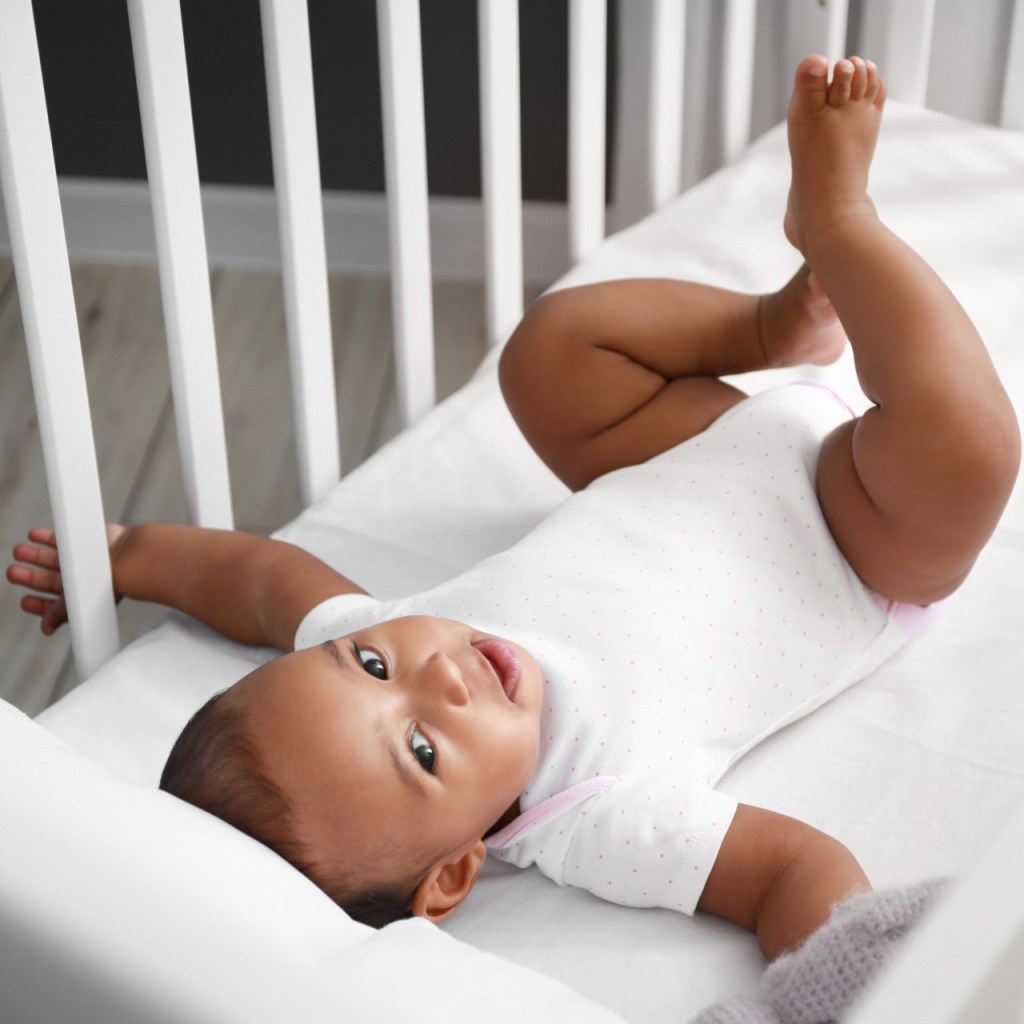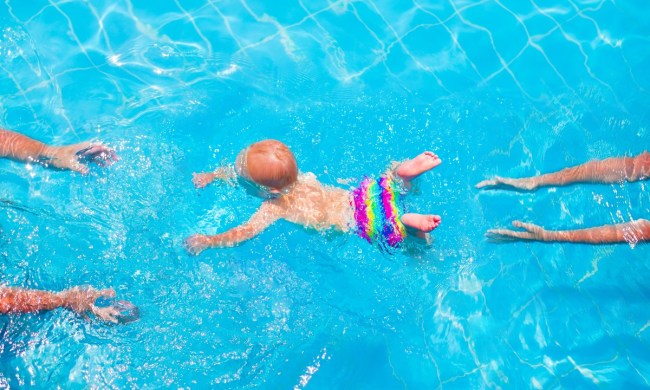While they may seem convenient to use, drop-side cribs can pose a serious safety hazard. Their manufacture and sale has been banned in the United States and Canada. Organizations such as the American Academy of Pediatrics (AAP) recommend they not be used. Let’s learn about drop-side cribs and the dangers associated with them.

The history of the crib
The earliest raised beds designed specifically for children date back to the early 1600s in what is now Italy. They evolved to look more like modern-day cribs in the 19th century. Cribs once were an item made by traditional woodworkers, and while handmade cribs are still available, mass-produced beds are more common. In the United States, the Consumer Product Safety Commission (CPSC) has regulated crib manufacturing standards since 1973.
Why these cribs were banned
Drop-side cribs were especially popular in America up until their ban in 2011. These types of infant beds allowed a caregiver to more easily access a child by simply lowering one side of the crib, which unfortunately created a gap that babies could get stuck in. After more than 30 infant deaths from strangulation and suffocation, the CPSC prohibited the use of these cribs in homes as well as motels, hotels, and child care facilities. In addition, the safety commission required more stringent safety tests for cribs, stronger mattress supports, and sturdier hardware.
Modern-day recommendations

All of those soft, cuddly items that used to be common in cribs also can be hazardous. The AAP suggests that to avoid the risk of suffocation, infants sleep in a crib (not drop-side) with a firm mattress and no blankets, bumpers, stuffed animals, or any other soft object. In addition, infants should sleep in their own bed near their parents (not co-sleep) on their backs to reduce the chance of sudden infant death syndrome (SIDS).
In a nutshell, drop-side cribs are not considered safe. Older cribs, perhaps those that have been handed down through generations, may not meet modern safety standards. Check the width of the gaps between slats, among other measurements as explained by the CPSC on any used crib you purchase. There also are immobilizer kits for purchase online that will turn a drop-side crib into a fixed-side crib.
Want more? Read on further to find crib-training solutions for your baby.


